The idea of a "multi-purpose cleaner” is a bit misleading—it isn't the right product for every task around the house. The pros share what to use instead of these items.
Multi-Purpose Cleaner Dos and Don’ts for Your Home
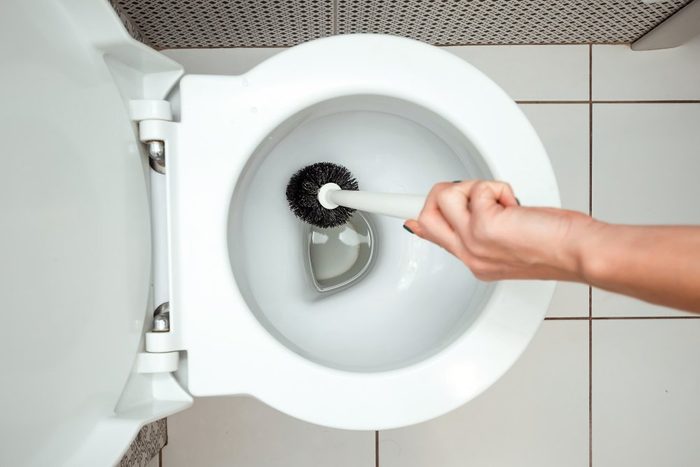
Toilet
Don’t be fooled into thinking that all-purpose cleaners can truly do every type of cleaning job. There’s a reason brands sell bathroom—and toilet—specific cleaners. Depending on the brand, a multi-purpose product might not have the germ-killing power you need in a place like the toilet. “The bathroom is one of the high-traffic, high-germ areas, so you really need a disinfectant,” says Burkey,. She recommends finding a disinfecting product designed for the job.
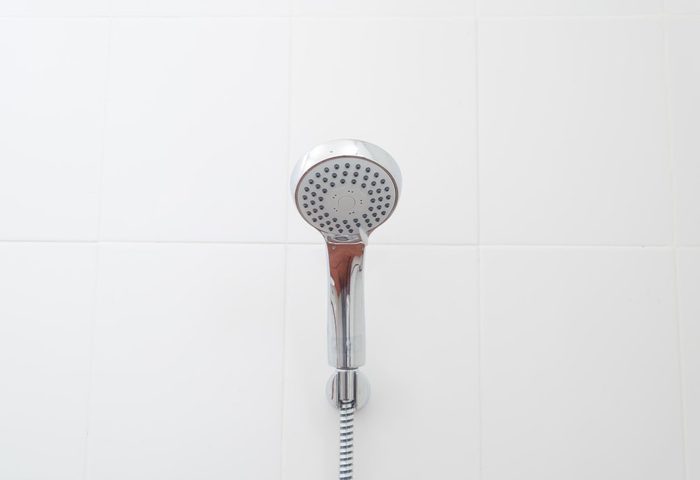
Shower or tub
Sometimes, you’ll bring in the big guns instead of relying on your day-to-day products. “Multi-purpose or all-purpose cleaner is for maintenance cleaning,” says cleaning expert Johnson. “Sometimes bathrooms require a stronger cleaner [because] hard water or even dampness in the bathroom can cause mildew.” To combat mold, soap scum and the germs, you’ll need bleach or a bathroom—or mold—specific cleaner.
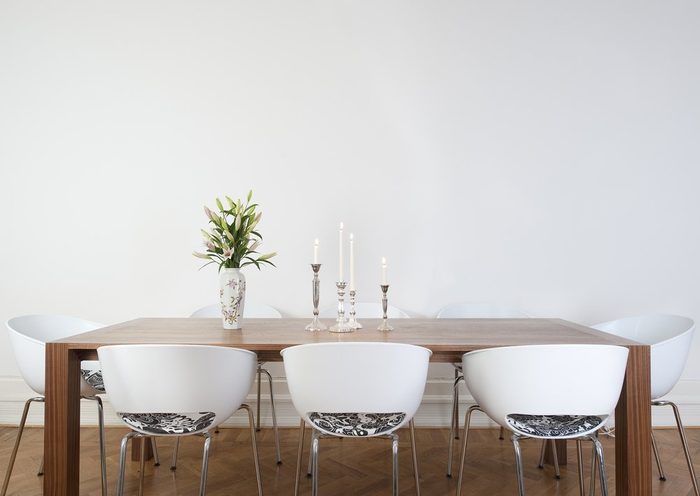
Wood
Spritzing a multi-purpose cleaner on your kitchen or dinner table might seem like a good idea, but it could actually cause damage. Unfinished wood is porous, meaning the cleaner could seep in if it isn’t specially designed for the surface. “Using products on wood leaves behind residue that creates a film over the wood that will continue to build up over time,” says Johnson. For wood furniture like shelves and coffee tables, she recommends staying on the safe side by dry-dusting instead. According to Burkey, wood polish creates residue that draws additional dust into the area.
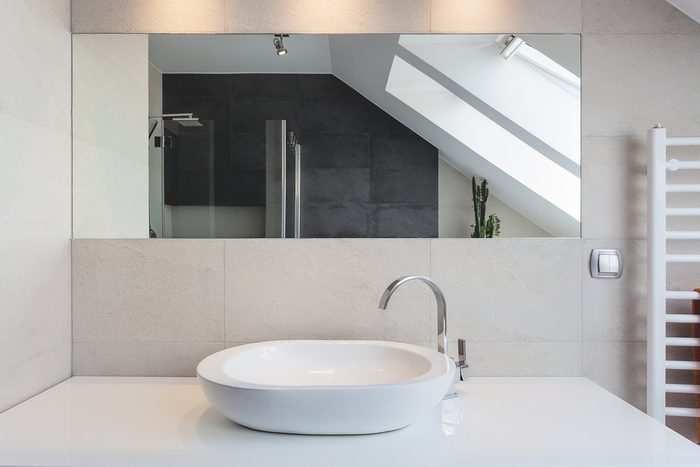
Mirrors
When you’re trying to scuff off toothpaste specks without leaving streaks, a multi-purpose cleaner isn’t the right tool for the job. “If you’re putting a lot of chemicals onto a mirror, it can create a film which makes it more difficult to clean it regularly,” says Burkey. For a streak-free shine, she recommends washing with a bucket of warm water mixed with a couple of drops of dish soap.
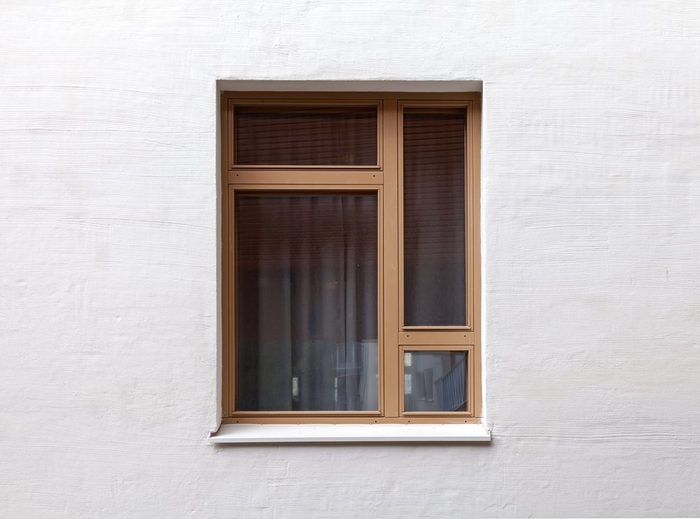
Windows
For the same reason that you shouldn’t use multi-purpose cleaners on mirrors, you should avoid it on windows too. Skip the multi-purpose cleaner and reach for a glass cleaner instead, suggests Johnson. “Other cleaners may contain types of oil that would cause streaking when the glass is cleaned,” she says.
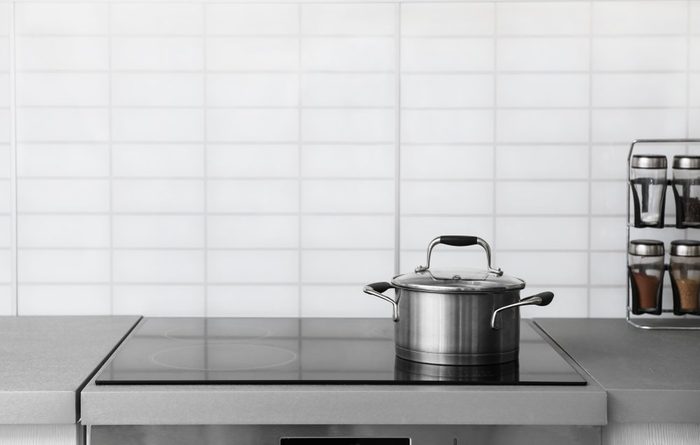
A hot stovetop
Wait until cooking finishes before starting the cleaning process. . If the surface is still hot, you of course risk burning your hand, but you also risk burning the cleaning product. Not only could that damage the surface of your stove, but the steamy temperatures could also send chemicals into the air and trigger allergies, says Kara.
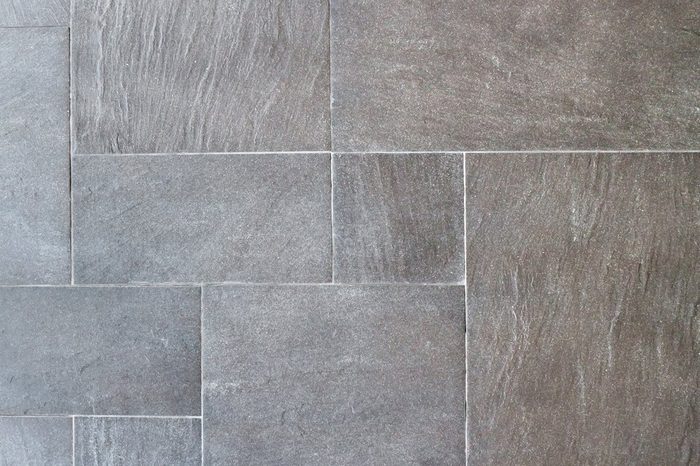
Stone surfaces
There’s a bit of a double-edged misconception about stone surfaces, says Johnson. Pure stone is porous (and most multi-cleaners shouldn’t be used on porous surfaces), but most surfaces like marble and granite countertops have been treated to keep moisture out. That’s not the end of the story, though. “Over time, the seal wears off, allowing moisture to seep in,” says Johnson. Multi-purpose cleaners fall under that “moisture” category, so they could leave a stain, or leave etching or pitting in stone, she says. Make sure you’re using a cleaner designed for stone to keep those surfaces looking good as new.
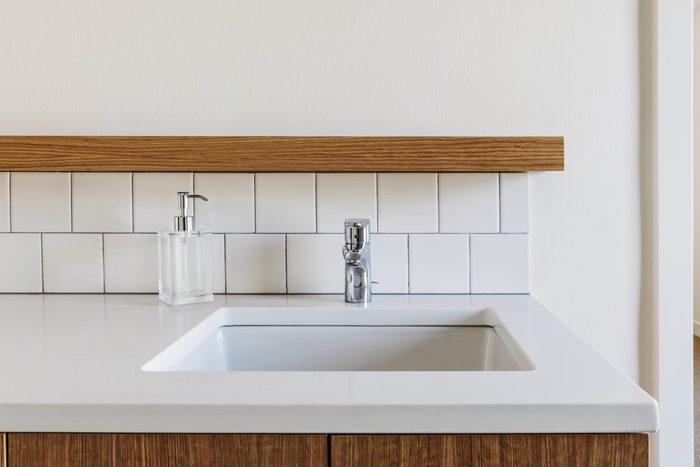
Countertops
No matter what material your counter is made of, Burkey says you’ll need to make sure you aren’t relying on a multi-purpose cleaner that doesn’t have disinfectant. “There’s a lot of cooking and especially if you’re cooking with raw meats, you want to make sure there’s a disinfectant down,” she says. She recommends either Clorox wipes, which are non-abrasive but might damage certain surfaces, or doing a wipe-down with a solution of warm water and dish soap.
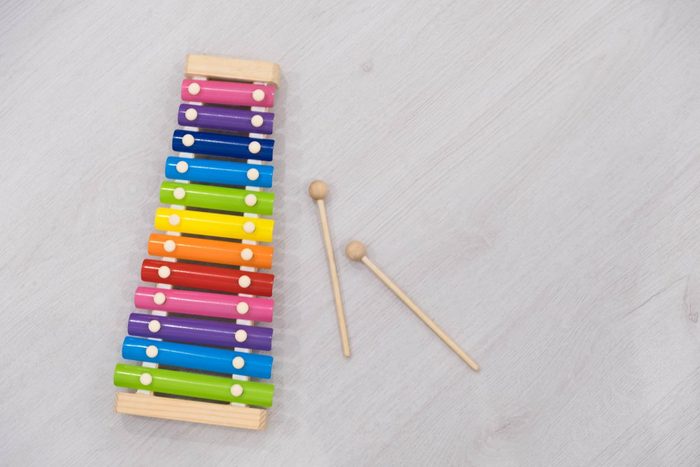
Toys
Little kids can’t resist popping items in their mouths and leaving drool on their toys—all the more reason to clean them often, but also a good reason to avoid chemical cleaning products, says Kara. There’s some debate among activists as to whether chemical cleaners would be unsafe in such small amounts, but skipping them on objects that could end up in your kid’s mouth is always a safe bet. Fisher-Price recommends sticking plastic toys in the silverware holder of your dishwasher—where the chemical cleaners are designed for items that go in your mouth—then allowing them to dry before handing them back to your little one.
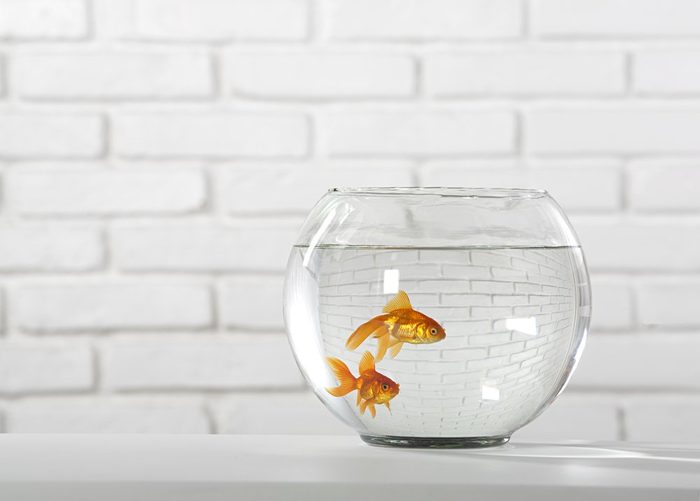
Pet bowls and aquariums
Just like you wouldn’t want to leave chemicals on kids’ toys, you might not want them sitting in your dog’s water bowl or your fish’s aquarium, where your pets could ingest them, either. If you are using chemicals on pet products, there’s one step you shouldn’t miss. “Most complications could be avoided if people would only wipe surfaces a second time with a wet, damp cloth to swill the hazardous compounds,” says Kara. “Unfortunately, nobody does that.”
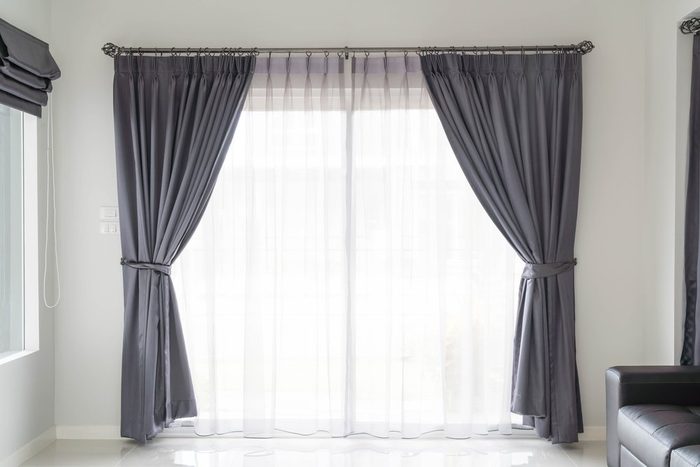
Fabric
All-purpose cleaners are great for non-porous materials, but using them on rugs and upholstery is a no-no, says Girardin. “You wouldn’t want it to soak in the fabric in the long term,” he says. If you need to spot-clean a stain, use one that’s fabric-specific and test it on a non-obvious spot first before attacking the mess.
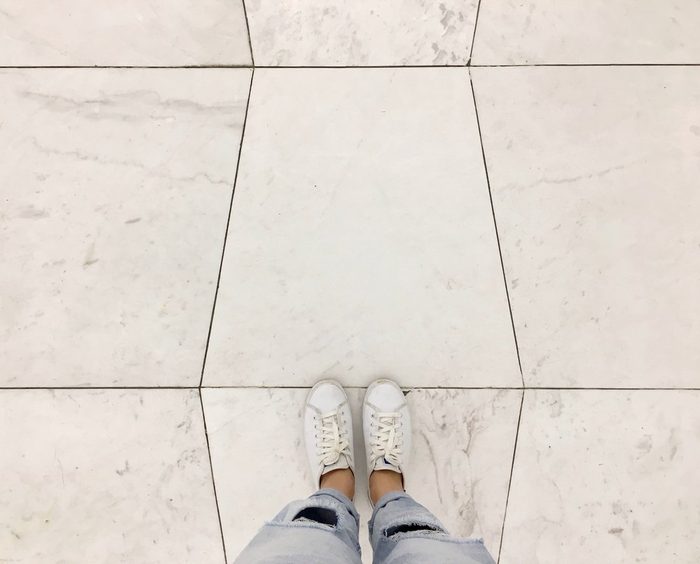
Tile floors
It might seem like tile falls into that “non-porous” recommendation on the cleaning product’s label, but that’s not totally true. “Most are grouted in between,” says Burkey. “Even if the ceramic tile itself has a coating on top, the grout can be very porous.” She recommends using a disinfecting bathroom cleaner, wiping down instead of pouring straight onto the grout. Proper ventilation of the bathroom area supports both drying time and prevents mildew growth. And if you’ve been thinking of swapping out store-bought cleaners for DIY, make sure you know which things you should never clean with vinegar.
Best Alternatives to All-Purpose Cleaners for Tough Work
- Grout/Tile: Enzyme or bleach-based cleaner for disinfecting and lifting stains
- Stone Surfaces: pH-neutral stone cleaner
- Glass: Ammonia-free glass cleaner or vinegar solution
- Pet Items/Kid Toys: Dishwashing cycle or baby-safe cleaning sprays
- Fabrics: Oxygen-based stain removers (like Folex or Biokleen)
Tips for Getting the Most Out of Multi-Purpose Cleaners
These simple, effective tips will help you get the best results from your multi-surface cleaner.
- Read the label to ensure the product is safe to use on the surface you’re cleaning.
- Dilute as directed in the instructions for concentrated formulas so that nothing is left behind and to maximize usage.
- For effective cleaning that does not scratch surfaces, use microfiber cloths.
- For stubborn stains, let the cleaner sit for a few minutes before wiping.
- Test in a small, hidden area to ensure it does not cause an adverse reaction.
FAQs
What are the main limitations of all-purpose cleaners?
All-purpose cleaners often struggle on porous surfaces like unsealed wood or natural stone, as they can’t penetrate deep-grained textures and may leave residues. They’re also less effective against heavy-duty germs and require carefully pH-balanced formulations to avoid damage. For routine tasks, they suffice, but for specialized materials or high-level disinfection, dedicated surface-specific cleaners are recommended.
Can multi-purpose cleaners disinfect effectively?
Most standard multi-purpose cleaners lack the germ-killing power needed for high-traffic or high-risk areas. According to Katie Burkey of Molly Maid, “The bathroom is one of the high-traffic, high-germ areas, so you really need a disinfectant.” Similarly, kitchen countertops where raw meat is prepared require proper disinfection that many all-purpose cleaners don’t provide. For these areas, use products specifically labeled as disinfectants or sanitizers.
Are natural alternatives safer than chemical multi-purpose cleaners?
Natural alternatives like vinegar and water solutions can be safer for some surfaces, particularly glass and non-porous surfaces. However, natural doesn’t always mean safe for every surface – vinegar should never be used on natural stone or unsealed grout. Plant-based cleaners with hydrogen peroxide can provide safer disinfection for households concerned about chemicals, but they still need to be matched to appropriate surfaces.
About the Experts
- Stewart Girardin, a specialist, provides carpet and upholstery cleaning services with more than 10 years of experience. Through his role as founder of The Best Carpet Cleaning Guide, he has provided stain-removal advice to homeowners and professional cleaners on more than a thousand residential cleaning projects.
- Dmitri Kara has dedicated more than 15 years to his position as senior cleaning technician and consultant at Fantastic Cleaners (UK). During his career there, he has directed projects involving extensive mold removal and hot surface treatment in both residential and commercial buildings.
- Debra Johnson has spent over 20 years at Merry Maids, where she has trained staff in advanced bathroom and kitchen cleaning procedures. Over the years, she has offered expert guidance on hundreds of projects focused on removing hard-water residue, eliminating mold, and restoring grout.
- Katie Burkey has owned and operated Molly Maid of Mahoning and Trumbull Counties in Ohio for more than 12 years. She has trained thousands of homeowners in effective disinfecting techniques, particularly for high-germ areas such as bathrooms and kitchens.
Sources
- Benjamin Franklin Plumbing: “Mythbusters: How Not to Clean Your Toilet.”
- Rock Doctor: “Top 7 Worst Cleaners to Use on Granite Countertops.”
- Clorox: “How to Clean and Sanitize Pet Bowls.”
- Good Housekeeping: “9 Best Stovetop Cleaners of 2024, Tested by Cleaning Experts.”
- Express Granite: “What Cleaners Will Damage Your Granite Countertops?”



















